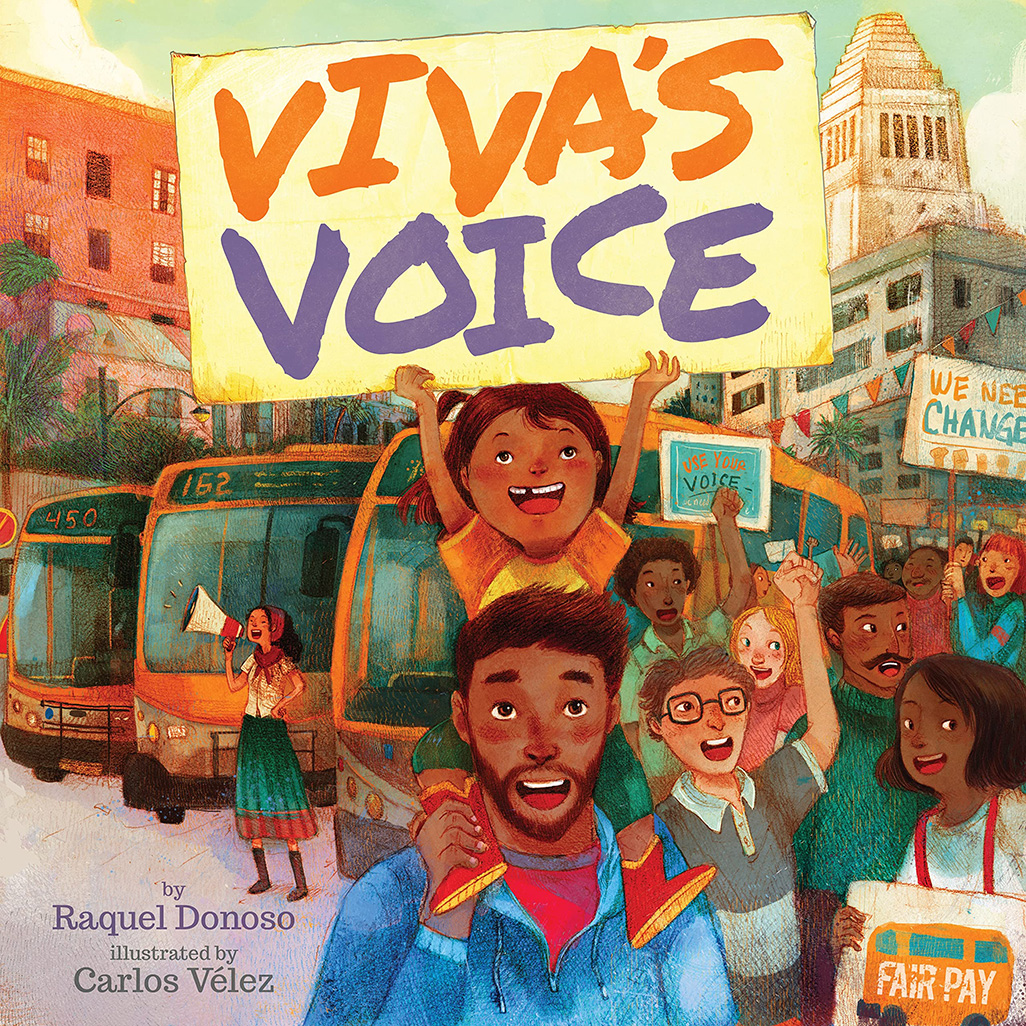
It is a new year, a new month, a new day, a new moment. Just as it is in every moment we exist. A lot has happened here in the past six months, and as I dust off this blog space, I want to talk about the reality of coexistence. Not just the bumper sticker, but the truth of our presence here in the universe.
That seems like a really big topic, but it feels right for our mission at Kind World Publishing. As we work to connect the world through stories, the truth underlying that mission is that we all have right to write our own story, to share our story, to hold our individual space.
Movements afoot right now to take that away—through book banning, through human rights abuses, through threats and fearmongering and outright fascism—all work against our coexistence. When groups of people attempt to force singular beliefs onto others, they are working in outright denial of the universal truth of coexisting.
But the reality of coexistence surrounds us every day, in the most obvious ways. We have more than one hobby, eat more than one food. We each hold more than one role (parent, sibling, friend, child, coworker). We love more than one person. We are each more than one thing.
It is critical to our collective movement toward peace that we hold space for each other, that we protect the multitudes within ourselves and among our humanity, that we share our stories, that we coexist.
My sincerest thanks to each of you for the tremendous support and enthusiasm you gave us, our books, and our mission in 2022. We had an amazing year of amazing reviews and reception. As a bootstrapping entrepreneur and parent, sometimes I was overwhelmed. It was a year of reminders that good things and hard things can coexist.
In 2023, we are holding space for the beautiful new books we have on the way, alongside the energy to push back against those who want to silence stories. Good work and hard work can coexist.
We are grateful to share this space with you. Thank you for striving with us to create a world in which all children can safely coexist.
#peace #kindness #coexist #createakindworld #supporthumanrights #supportfreespeech #FReadom #literacy #gratitude #raiseyourvoice #yourvoicematters #conversationstarters #kindworldpublishing







